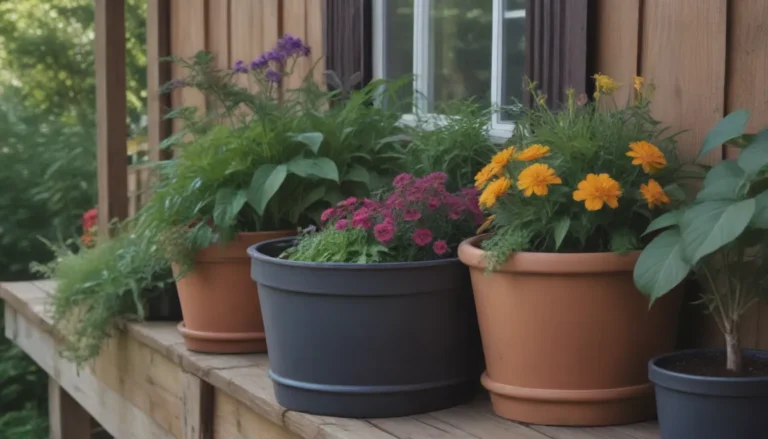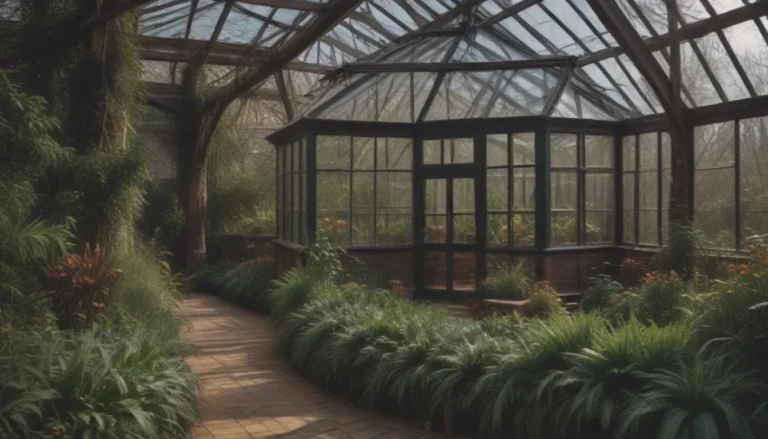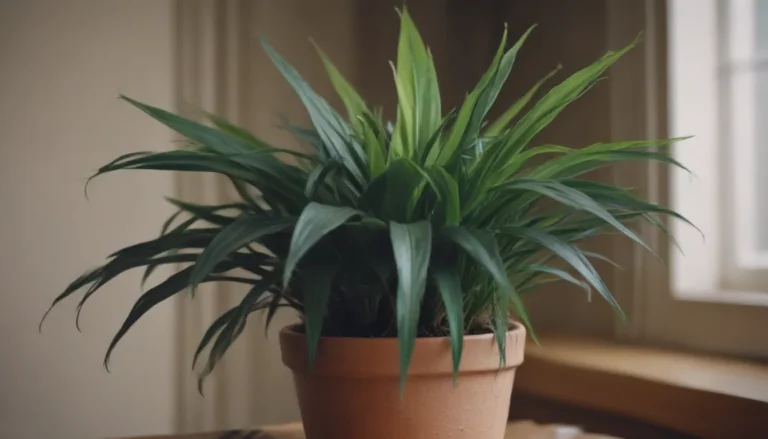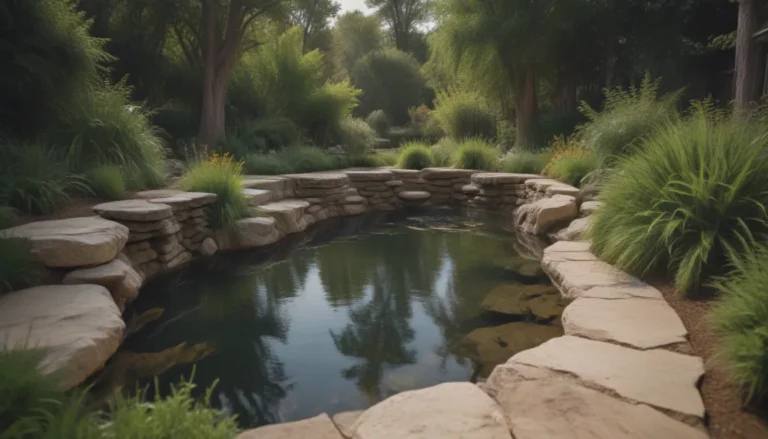Understanding Sunlight Requirements: Full Sun, Partial Shade, and Full Shade
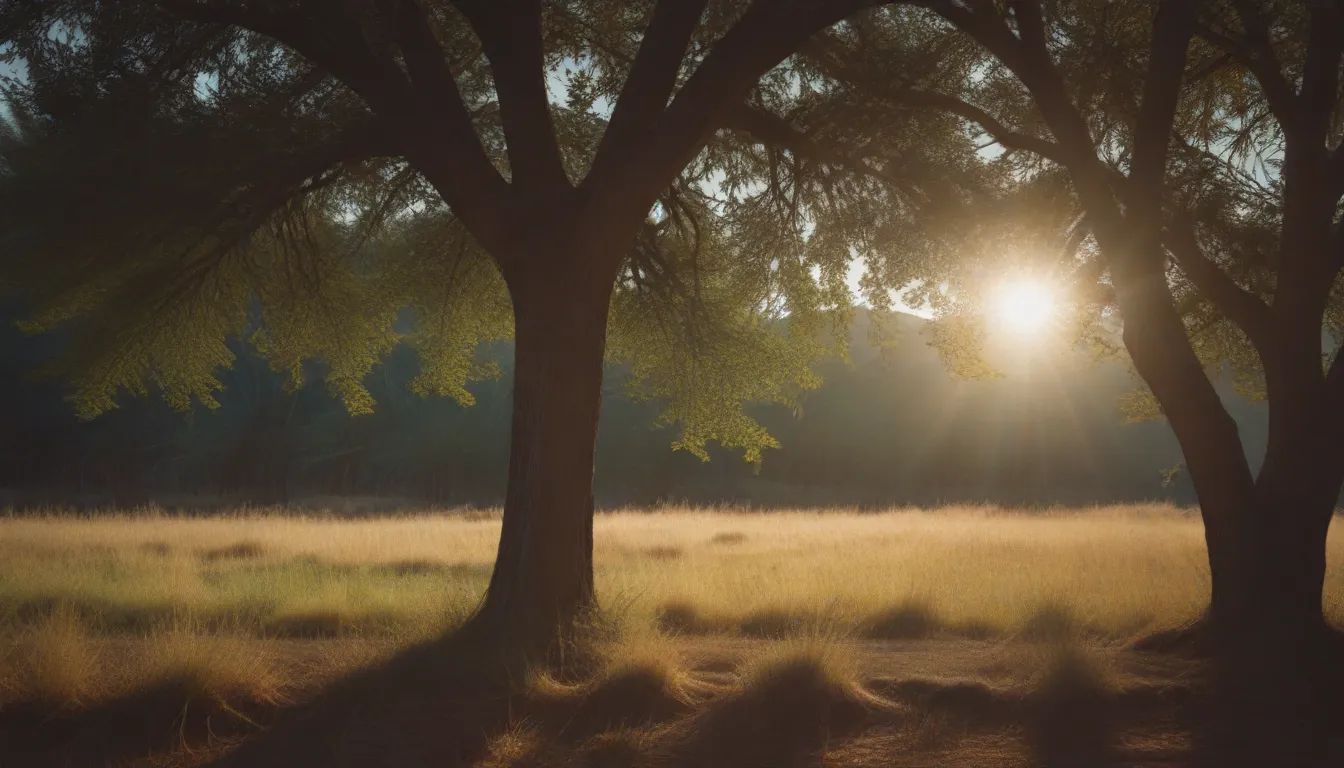
When it comes to gardening, one of the most critical factors to consider is the amount of sunlight a plant needs to thrive. Whether you’re planting trees, shrubs, flowers, or vegetables, understanding the terms like full sun, partial shade, and full shade can help you make informed decisions about where to place your plants for optimal growth.
Determining Sunlight Exposure in Your Yard
Before diving into the specifics of sunlight requirements, it’s essential to assess the sunlight exposure in your yard. The best way to do this is by observing your planting area throughout the day. Here’s a simple guide to help you determine the amount of sunlight your yard receives:
- Full Sun: 6-8 hours of direct sunlight, usually between 10 a.m. and 4 p.m.
- Partial Shade: 4-6 hours of sun exposure, preferably in the morning or late afternoon.
- Full Shade: Minimal direct sunlight, but some dappled sunlight or indirect light.
By monitoring your planting area over a week or two, you can determine the average amount of sunlight it receives and match it to the sunlight requirements of your plants.
Full Sun: Embracing the Sunshine
For plants that thrive in full sun, 6-8 hours of direct sunlight is essential for healthy growth. While many plants require full sun to set buds and flower, some may not tolerate the intense heat and dry conditions that come with extended periods of sunlight. Here are some things to consider when selecting plants for full sun:
- Some plants may need shelter from direct sunlight during peak hours to avoid heat stress.
- Research the specific requirements of each plant to ensure it thrives in your full sun location.
- Mulching is crucial to conserve soil moisture and keep roots cool in full sun conditions.
From flowering annuals to vegetable gardens, plants that prefer full sun are abundant and diverse. With proper care and attention, they can thrive in even the sunniest spots in your yard.
Partial Shade vs. Partial Sun: What’s the Difference?
While the terms partial shade and partial sun are often used interchangeably, there is a subtle distinction. Both refer to 4-6 hours of sunlight, but partial shade is preferred in the cooler hours of the morning. Additionally, some plants may thrive in dappled sunlight, which filters through the branches of trees.
- Dappled Sun: Sunlight filtering through tree branches, ideal for woodland plants and understory trees.
- Monitor moisture levels for plants beneath trees, as tree roots can absorb groundwater.
Understanding these nuances can help you choose the right plants for areas with partial shade or dappled sunlight in your yard.
Full Shade: Embracing the Shadows
Contrary to popular belief, full shade doesn’t mean no sunlight at all. Most plants, with the exception of mushrooms, require at least 4 hours of full sunlight in the morning or late afternoon, or dappled sunlight throughout the day. Shade-loving plants like hostas, astilbe, and heuchera can thrive in these conditions.
- Shade Plants: Hostas, astilbe, and heuchera are excellent choices for full shade areas.
- Ensure plants receive adequate sunlight and water to thrive in shady locations.
By selecting shade-loving plants and providing them with the right conditions, you can create a lush and thriving garden even in areas with limited sunlight.
Flexibility in Sunlight Requirements
Some plants are more flexible in their sunlight requirements, with the ability to thrive in a range of light conditions. Terms like “Full Sun to Partial Shade” or “Partial Shade to Full Shade” indicate that these plants can adapt to different levels of sunlight exposure.
- Flexible Plants: Plants with varied sunlight requirements offer more flexibility in planting locations.
- Conduct research on specific plant species to understand their preferred growing environment.
While flexible plants can adapt to different light conditions, it’s essential to monitor their growth and adjust as needed to ensure they thrive in their new home.
Conclusion: Finding the Perfect Spot for Your Plants
In conclusion, understanding the terms full sun, partial shade, and full shade can help you make informed decisions about where to plant your trees, shrubs, flowers, and vegetables. By observing the sunlight exposure in your yard, researching plant requirements, and being willing to adjust as needed, you can create a thriving garden that flourishes in every corner of your outdoor space.
Remember, gardening is a process of trial and error, so don’t be afraid to move plants if they’re not thriving in their current location. With a little patience and care, you can create a garden that thrives in every sunlight condition your yard has to offer.
References:
- Kansas State University Extension
